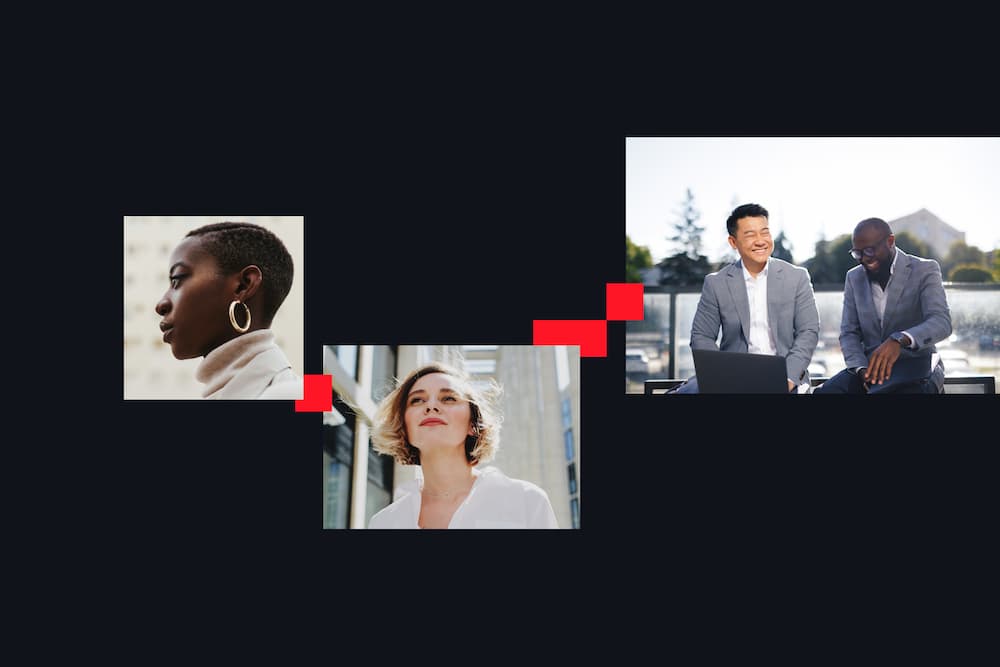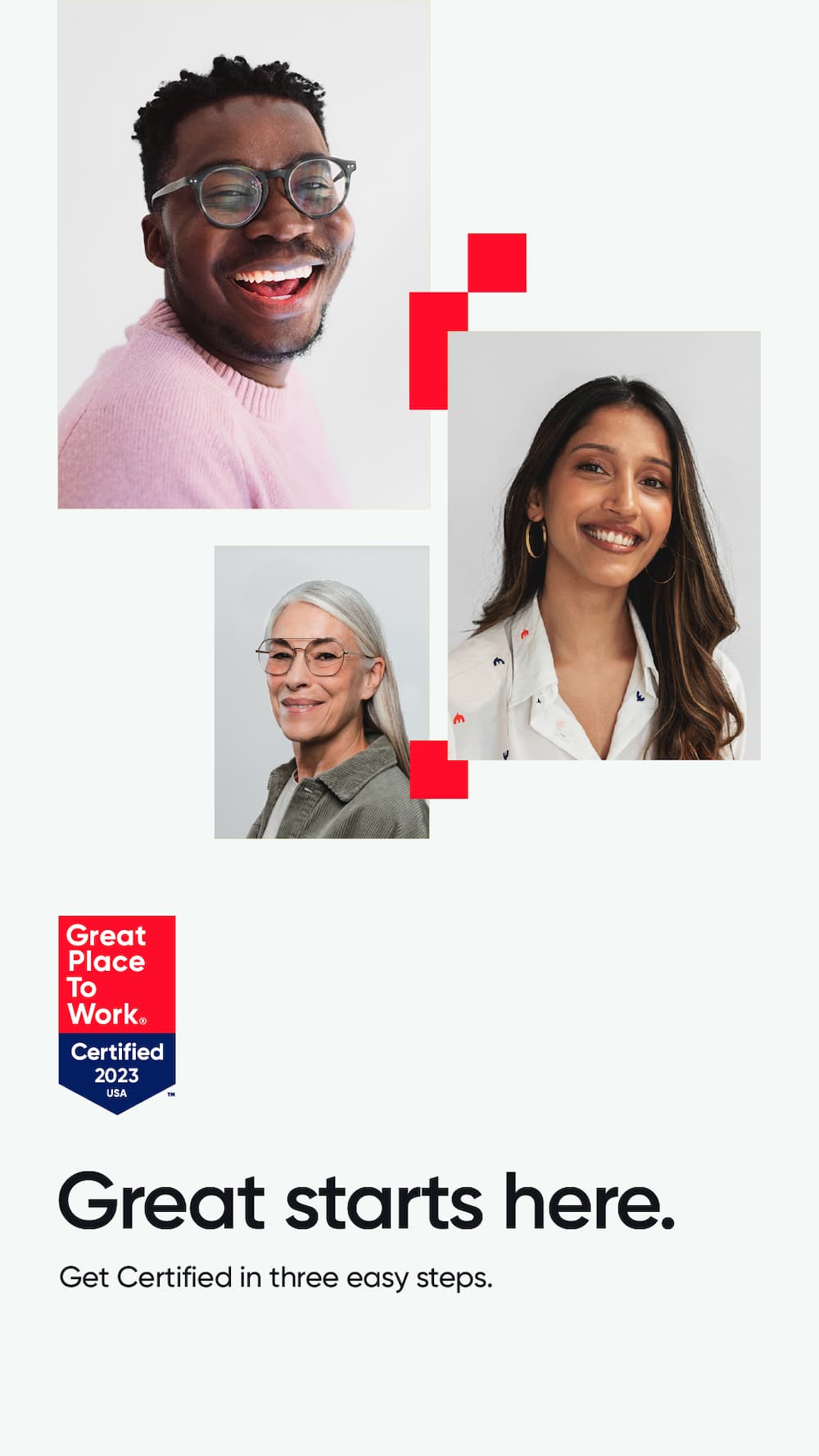
If you’ve ever looked at the people in an average bar, an average university dining hall, or even an average high school cafeteria, you understand how “culture fit” can perpetuate homogeneity.
Most social groups are made up of people from similar backgrounds, who are the same race, are around the same age, and have the same interests. Organizations often lack diversity for the same reason – because “culture fit” can encourage interviewers to overlook prospects that look, think, and behave differently from themselves.
When most people think of “culture fit,” they think of people whose company they see themselves enjoying in and outside of work. They look for people they could go to lunch with during the workday, have a beer with after work, or go to a game with on the weekend. If that’s what you are looking for in a candidate, your hiring practices may be discriminatory.
The culture fit myth
Hiring for culture fit means looking for someone who you and others will be comfortable around and who can integrate seamlessly; however, we are generally most comfortable around people who are similar to us. “Similar” can mean the same race, sexual orientation, gender, age, socio-economic background, or nationality.
Consider this: If you hire the candidate you could see yourself grabbing a beer with, does a person who doesn’t drink for religious reasons have a fair chance?
Why culture fit is a form of discrimination
Culture fit is discrimination because, even when it isn’t explicit or intentional, it is biased toward what is comfortable and familiar. It is difficult for some people to get their foot in the door if a workplace is implicitly restrictive about who will “fit in.”
If you hire the candidate you could see yourself grabbing a beer with, does a person who doesn’t drink for religious reasons have a fair chance?
Experience shows us that applying such criteria can not only create discriminatory hiring practices, but also severely limits the potential of current employees.
Cultural fit interview questions - why you should ditch them
I once ran a focus group for an organization and the discussion turned to the notion of favoritism. One woman explained that the best way for an employee to get to know a particular manager was weekend golf outings. But this manager never invited women.
“Culture fit” can create cultures or sub-cultures in a workplace that people may refer to as an “old boys club,” or a “fraternity” or “sorority,” because they represent a culture you must conform to if you want to be successful in the organization.
It’s why Great Place To Work® encourages organizations to err on the side of expanding their culture. The goal should be to create a culture in which a greater diversity of people can be welcomed and be their full, genuine selves at work, rather than settle for a narrow framework of culture where only certain people fit in.
In fact, hiring people who are unlike anyone else in the organization can bring more diversity of thought to an organization and fuel innovation.
“Culture fit” can create cultures or sub-cultures in a workplace that people may refer to as an “old boys club,” or a “fraternity” or “sorority,” because they represent a culture you must conform to if you want to be successful in the organization.
With all that being said, you must still determine if a candidate can be successful in your workplace. So how do you replace the traditional interview questions once used to determine how well people will get along with a prospective hire?
The secret to avoiding the culture fit trap in a job interview
To create a more diverse and inclusive workplace through hiring, we recommend having a set of broad values that connect to the greater vision and goals of the organization.
At Great Place To Work, for example, some of our values include curiosity and caring. So we don’t ask our candidates for their idea of a fun weekend and see if we agree. Instead, we pay attention to how thoughtful their questions are and how they care for those in their lives.
Care and curiosity can look different in different cultural contexts; but if we know that value is evident in some iteration, we can be confident a candidate will help Great Place To Work achieve our mission.
The end result is a workplace of people who don’t have the same hobbies, don’t have the same social behaviors, and don’t have the same backgrounds. But it is also a workplace aligned on where it really matters and where people can bring their full, genuine selves to work regardless of who they are, what they look like, and where they come from.
If you’re reading this, you’re probably passionate about creating a diverse, equitable and inclusive workplace. DEI is the foundation of our survey methodology and culture management platform. Reach out to us today about how we can help you reach your DEI goals.









